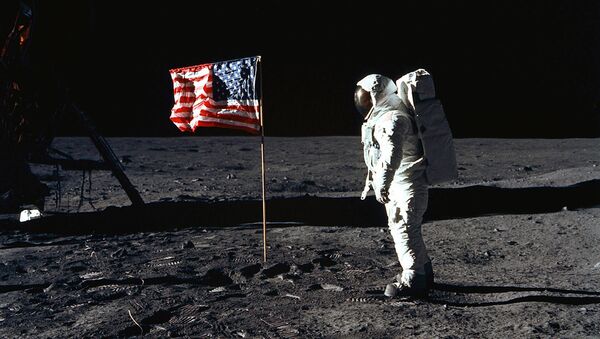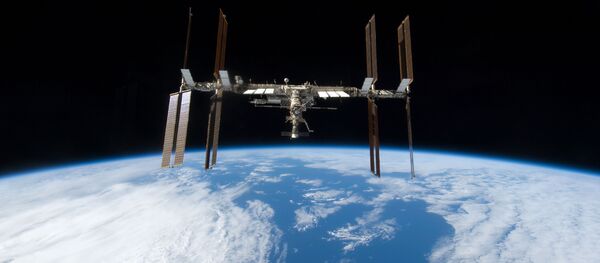In a report, stipulated by the NASA Transition Authorization Act of 2017, which President Donald Trump signed into law in March 2016, the White House has expressed certainty that the Moon landing sites that saw the US’ Apollo missions between July 1969 and December 1972 are crucial to preserve since they are "rich in scientific and historical significance."
Nearly all of its eight pages review the status of the six sites where the Apollo spacecraft landed nearly fifty years ago to take the first humans on the Moon, the benefits of their preservation and the legal foundations for that.
For instance, the report cites a set of non-mandatory recommendations NASA came up with back in 2011 to protect the Apollo sites, and the United Nations' Outer Space Treaty of 1967 – the basis of international space law. The Treaty, according to the report, confirms that the US retains "jurisdiction" over the Apollo hardware, and other nations should act in line with the interests of the parties to the treaty, predominantly the US.
"Any activities in space that could interfere with US space objects—including equipment on the Moon—should include advance consultation with the United States," the report by the White House Office of Science and Technology Policy (OSTP) says. "The United States continues to own and have jurisdiction over US origin lunar equipment, and other states could be liable for damage to US objects."
While generally lauding the use of commercial plans to send robots and human tourists to the Moon, the report warns against potential damage to the Apollo sites, including close proximity to them, sandblasting away footprints and leaving too many exhaust plumes.
"The effort… toward returning humans to the Moon should be leveraged when considering opportunities to preserve and protect lunar artifacts," the report reads.
READ MORE: Rocket Man: Flat Earther Blasts Off, Crash-Lands in Twitter Mockery (VIDEO)
Nevertheless, the introduction of new protective policies and the related legislation may cause criticism among other global space players, who will view the US as a monopolist and space hegemon in its attempt to protect the Apollo artifacts:
"Some states might see a US-led attempt to protect space artifacts as a subterfuge for securing indefinite rights over lunar territory," the report says, "and perhaps even creating a mechanism to 'plant the flag' and claim additional territory in the future under the guise of preservation and the protection of lunar sites and artifacts."
Earlier there were scientific reports that a fully operational lunar base could be erected by 2022. The base is expected to become a breakthrough for space exploration and would open the pathway for the commercial development of space.
Last year, the Japan Aerospace Exploration Agency (JAXA) announced plans to send the first Japanese astronaut to live on the Moon by 2030 as part of the all-embracing mission by NASA and other space agencies to build a permanent space station in lunar orbit.
The US plans for the field are quite ambitious; In February 2018, the Trump administration proposed to commercialize the ISS by ultimately making it private.
The proposal has it that $10.5 billion will be allocated for the US platform orbiting the Moon, known as the Deep Space Getaway. Overall, funding for NASA in 2019 is expected to reach $19.9 billion, which is a slight rise from this year’s $19.6 billion.






